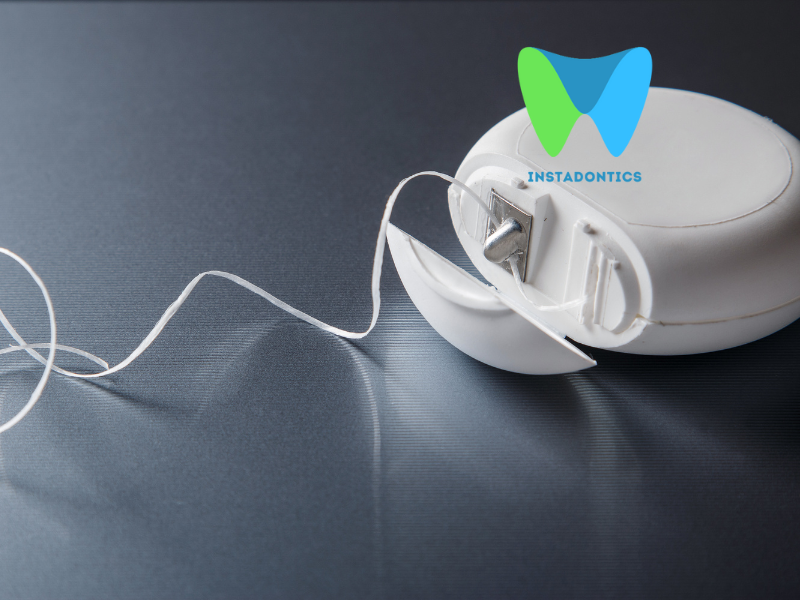Choosing the right toothbrush is an essential step in maintaining good oral hygiene. With so many options available, it can be overwhelming to determine which toothbrush is best suited for your individual needs. This comprehensive guide will help you understand the factors to consider when selecting a toothbrush, the different types available, and how to use and care for your toothbrush effectively.
Understanding the Importance of Choosing the Right Toothbrush
The toothbrush is a crucial tool in your daily oral hygiene routine. It helps remove plaque, food particles, and bacteria from your teeth and gums, preventing cavities and gum disease. Choosing the right toothbrush can enhance your brushing technique, making it easier to clean hard-to-reach areas and maintain your oral health.
Factors to Consider When Choosing a Toothbrush
1. Bristle Type
Toothbrush bristles come in various types, including soft, medium, and hard. The choice of bristle type can significantly impact your oral health.
- Soft Bristles: Most dentists recommend soft-bristled toothbrushes as they are gentle on the gums and enamel while effectively removing plaque. They are ideal for individuals with sensitive gums or those who have undergone dental procedures.
- Medium and Hard Bristles: These brushes may seem more effective at cleaning, but they can cause damage to your gums and enamel if used improperly. Hard bristles can lead to gum recession and increased tooth sensitivity.
2. Toothbrush Head Size
The size of the toothbrush head is another important factor to consider. A smaller head allows for better maneuverability, making it easier to reach back teeth and other hard-to-reach areas.
- Standard Size: Most adult toothbrushes come with a standard head size, which is suitable for most people.
- Compact Size: Compact toothbrush heads are ideal for individuals with smaller mouths or those who find it challenging to reach certain areas of their mouths.
3. Handle Design
The design of the toothbrush handle can affect your grip and comfort while brushing.
- Ergonomic Design: Look for toothbrushes with ergonomic handles that provide a comfortable grip. This design can help reduce hand fatigue during brushing.
- Non-slip Grip: A toothbrush with a non-slip grip can enhance control, especially when brushing in wet conditions.
4. Manual vs. Electric Toothbrushes
When choosing a toothbrush, you must decide between a manual and an electric toothbrush. Each type has its advantages and disadvantages.
- Manual Toothbrushes: These are typically more affordable and widely available. They allow you to have complete control over your brushing technique. However, they require more effort to achieve the same level of cleaning as an electric toothbrush.
- Electric Toothbrushes: Electric toothbrushes can be more effective at reducing plaque and gingivitis due to their oscillating or rotating heads. Many models come with built-in timers to ensure you brush for the recommended two minutes. However, they tend to be more expensive and require charging or battery replacement.
Related: Electric vs Manual Toothbrushes | Which is better?
5. Special Features
Some toothbrushes come with additional features that may enhance your brushing experience.
- Timers: Many electric toothbrushes are equipped with timers that signal when you have brushed for the recommended two minutes.
- Pressure Sensors: Some electric toothbrushes have pressure sensors that alert you if you are brushing too hard, helping to protect your gums and enamel.
- Smart Technology: Advanced electric toothbrushes may connect to smartphone apps, providing feedback on your brushing habits and tips for improvement.
6. Personal Oral Health Needs
Consider your specific oral health needs when choosing a toothbrush.
- Sensitive Teeth: If you have sensitive teeth or gums, a soft-bristled toothbrush is essential. Some brands offer specialized toothbrushes designed for sensitivity.
- Orthodontic Appliances: If you wear braces or other orthodontic appliances, consider a toothbrush designed specifically for orthodontic care. These brushes often have specialized bristles to clean around brackets and wires effectively.
- Gum Disease: If you have gum disease or are at risk, a soft-bristled toothbrush is recommended. You may also want to consider an electric toothbrush, as they can be more effective at removing plaque along the gumline.
Choosing the right toothbrush
How to Use Your Toothbrush Effectively
Once you have chosen the right toothbrush, it’s essential to use it correctly to maximize its effectiveness.
1. Brushing Technique
- Angle: Hold the toothbrush at a 45-degree angle to your gums. This angle allows the bristles to reach the plaque along the gumline.
- Motion: Use gentle circular motions or short back-and-forth strokes to clean the surfaces of your teeth. Avoid vigorous scrubbing, as this can damage your gums and enamel.
- Duration: Brush for at least two minutes, ensuring you spend time on each quadrant of your mouth (upper right, upper left, lower right, lower left).
2. Brushing Frequency
Brush your teeth at least twice a day—once in the morning and once before bed. If possible, brush after meals to remove food particles and plaque buildup.
3. Don’t Forget to Floss
While brushing is essential, it’s equally important to incorporate flossing into your oral hygiene routine. Flossing helps remove plaque and food particles from between your teeth, where your toothbrush may not reach effectively.
Caring for Your Toothbrush
Proper care and maintenance of your toothbrush can prolong its lifespan and ensure effective cleaning.
1. Rinse Thoroughly
After each use, rinse your toothbrush thoroughly under running water to remove toothpaste and debris.
2. Store Properly
Store your toothbrush in an upright position to allow it to air dry. Avoid covering it or placing it in a closed container, as this can promote bacterial growth.
3. Replace Regularly
Replace your toothbrush every three to four months, or sooner if the bristles become frayed. A worn toothbrush is less effective at cleaning your teeth.
4. Avoid Sharing
Never share your toothbrush with others, as this can spread bacteria and increase the risk of infections.
Additional Tips for Choosing the Right Toothbrush
1. Consult Your Dentist
If you’re unsure about which toothbrush is best for you, consult your dentist. They can provide personalized recommendations based on your oral health needs.
2. Consider Your Budget
Toothbrushes come in a range of prices. While electric toothbrushes can be more expensive, many affordable options are available that provide effective cleaning. Choose a toothbrush that fits your budget while meeting your oral hygiene needs.
3. Read Reviews
Before purchasing a toothbrush, read reviews from other users. Look for feedback on comfort, effectiveness, and durability to help guide your decision.
4. Try Different Options
If you’re uncertain about which toothbrush works best for you, consider trying a few different types. Experiment with manual and electric options, as well as different bristle types, to find what feels most comfortable and effective for your brushing routine.
Choosing the right toothbrush is a crucial step in maintaining good oral hygiene. By considering factors such as bristle type, head size, handle design, and your individual oral health needs you can make the right choice.



